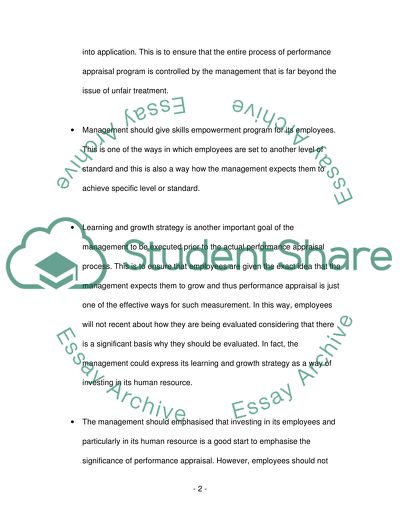Cite this document
(“Developing a new set of performance appraisal processes and measures Essay”, n.d.)
Retrieved from https://studentshare.org/environmental-studies/1416103-developing-a-new-set-of-performance-appraisal
Retrieved from https://studentshare.org/environmental-studies/1416103-developing-a-new-set-of-performance-appraisal
(Developing a New Set of Performance Appraisal Processes and Measures Essay)
https://studentshare.org/environmental-studies/1416103-developing-a-new-set-of-performance-appraisal.
https://studentshare.org/environmental-studies/1416103-developing-a-new-set-of-performance-appraisal.
“Developing a New Set of Performance Appraisal Processes and Measures Essay”, n.d. https://studentshare.org/environmental-studies/1416103-developing-a-new-set-of-performance-appraisal.


